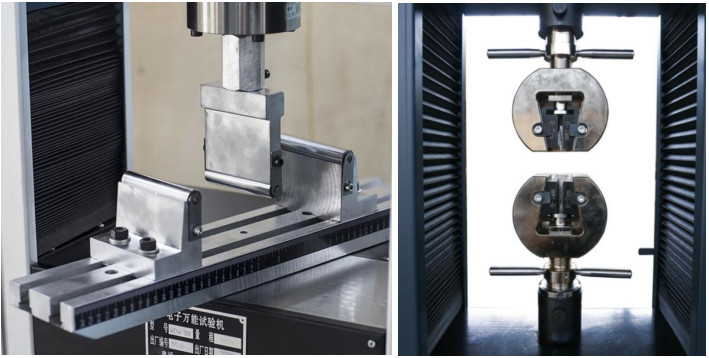- Qinsun Instruments Co., Ltd.
- Tell:+86-21-6780 0179
- Phone:+86-17740808215
- Address:No. 2578 Minhang District Gu Dai Road, Shanghai
- Contact:Mr. Li
- QQ:846490659
Optoelectronic display technology

Multimedia terminal displays should have high performance in terms of display performance, such as large screens, high resolution, high brightness, and full color. On the other hand, the diversified and real-time characteristics of information technology have led to portable terminal display technology becoming a remarkable development field. Portable terminal displays should have characteristics such as light weight, thin thickness, low energy consumption, and working voltage.
What is photoelectric display technology
Technical Principles
The CRT display terminal mainly consists of five parts: an electron gun, a deflecting coil, a shadow mask, a phosphor layer, and a glass casing. In simple terms, the working principle of CRT display terminals is that when the electron beam emitted by the cathode of the electron gun inside the picture tube is controlled, focused, and accelerated by intensity, it becomes a small electron flow, and then deviates towards the correct target through the action of the deflection coil, passes through the small holes or barriers of the shadow mask, and bombards the fluorescent powder on the fluorescent screen. At this point, the fluorescent powder is activated and emits light. R. The G and B fluorescent dots are illuminated by electron currents of different proportions and intensities, resulting in various colors.
LCD overcomes the drawbacks of CRT's large size, power consumption, and flickering, but it also brings problems such as high cost, limited viewing angle, and unsatisfactory color display. CRT displays can choose from a range of resolutions and can be adjusted according to screen requirements, but LCD screens only contain a fixed number of LCD units and can only be displayed at one resolution across the entire screen (each unit is a pixel). Liquid crystal has obvious advantages in energy conservation, and its radiation index is generally lower than that of CRT. Due to its principle, there is no geometric distortion or linear distortion, which is also a major advantage. LCD displays have a large visible area and high precision image quality. Of course, he also has some drawbacks: the visual deflection angle is too small, which can easily cause image tailing, the brightness and contrast of LCD displays are not very good, the problem of LCD "bad spots", limited lifespan, and so on. LCD product manufacturing involves various fields such as optics, semiconductors, motors, chemicals, materials, etc. The technical level required for upstream and downstream is extremely wide, so few single manufacturers can do everything from materials to finished products. Therefore, there is a clear division of labor in each field. Upstream materials include glass substrates, ITO conductive glass factories, polarizers, color filters, light source modules, liquid crystals, light masks required for semiconductor manufacturing processes, liquid crystal drive ICs Printed Circuit Board (PCB), etc; In the midstream, various materials are gathered to manufacture LCD panels, which are provided to downstream application manufacturers for use. Due to the large number of downstream application products, the required panel specifications are almost all different, and panel sizes need to be cut according to the products, so LCD panels have fewer specification products; There are many types of downstream application products, from various household appliances, consumer goods, information, communication, and industrial products, as long as it is a device that needs to be displayed, LCD products need to be used.





